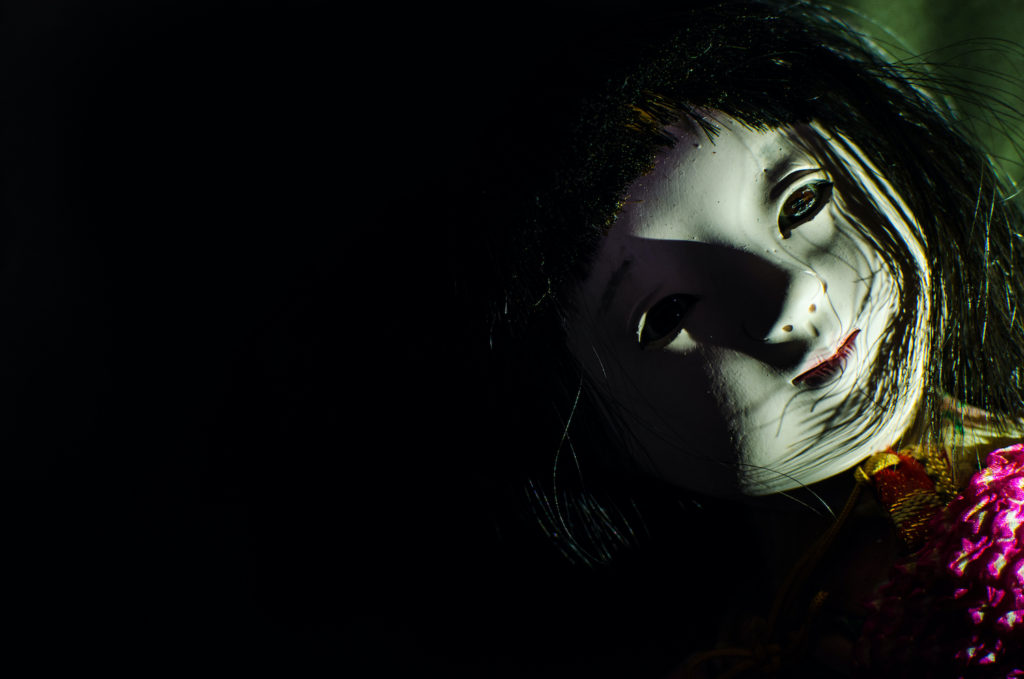
Onryo – Japanese spirits of grudge or ghosts, now popular thanks to films such as The Ring, The Grudge, or Dark Water. Is an Onryo only female with pitch-black long hair covering up her face and putting white floaty clothes on? That’s far from the truth. Let’s take a look at Onryo’s history and their stories.
Table of Contents
What is Onryo? Onryo Meaning
Traditional Japanese belief states that every human has a soul called “Tamashii” or “Reikon.” The usual progression for the Tamashii is to become a protector over the remaining family members.
The Yurei, a Japanese ghost, is a tamer version of the Onryo. The Yurei only tend to go for the person who wronged them.
However, if a person dies an unnatural, traumatic death, or if their final rites aren’t adequately performed, the Reikon becomes an Onryo, which wreaks havoc on everyone’s sanity. Onryo, a powerful, wrathful spirit, seeks vengeance on anyone and anything it encounters.
Often, they were victims of war, catastrophe, betrayal, murder, or suicide, and they appear as the way they died, displaying his/her wounds or marks.
The most famous Onryo in Japan would be Sugawara-no-Michizane, who we would see in the later section of the Heian period. However, The idea of Onryo has its roots way before that.
Their vengeance is their food, and they prefer letting the object of their hatred live a long life of torment and suffering instead of killing them immediately.
They inflict a terrible curse on the people or places that they haunt. This curse can be transmitted to others through contact with a contagious disease, creating a circle of death or destruction that is far more devastating than any ordinary ghost.
Onryo plays a massive role in Japanese mythology, folklore, and storytelling. Japan has always had a rich literary, theatrical, and cinematic relationship with its ghosts and its tales of horror. Popular ones are depicted in many forms: books, ukiyo-e, kabuki, noh, kyogen, and film.
Male Onryo
There is some misunderstanding about Onryo that they are the only female with long black hair that exist as Onryo. Wrong. Many Onryo are male, and it seems like the greater the position he had while he was alive, the greater the curse and the disaster.
Perhaps male grudges can be greater than female ones because they put importance on honor. Let us introduce you to three of the most famous male Onryo, believed to haunt us even today.
Sugawara no Michizane – The Most Well-known Onryo in Japanese History
Sugawara no Michizane was born in 845, and was exceptionally talented in poetry, both for Kanshi (poetry in Chinese) and Waka (poetry in Japanese).
One of the notable achievements he made as a politician was that he abolished sending missions to Tang China in 894. Because Tang China was overthrown in 907, Michizane had an insight into the international situation.
He was selected as Minister of the Right (high-rank official) by Emperor Uda while he was an excellent scholar.
However, within the abdication of Emperor Uda, Michizane’s position became increasingly vulnerable. The political enemy Fujiwara Tokihira forced him to leave Heian-kyo (Present Kyoto) to Kyusyu Dazaifu, way far from the capital, and died indignantly.
Tokihira Fujiwara, who attempted to oust Michizane, died at the age of 30, and his son died, too. A man who hampered Emperor Uda in opposing the ousting of Michizane died an instant death by lightning.
Many of the members who were gathered and planning to oust him at the Seiryo-den also died of the lightning. Emperor Daigo witnessed the lightning hit there, and people died, became sick, and died after three months.
Anyone who plotted to oust Michizane died one after another.
The courtiers were afraid of the “Tatari” – the dreadful curse – so they brought back the sons of Michizane, who were in exile to the capital to settle the situation.
They restored Michizane’s rank, promoted him to Dajo-Daijin (the Grand Minister) posthumously, and enshrined him in Tanmangu, Kyoto.
He is revered as a god of education today for his exceptional intelligence.
Taira no Masakado – Another Well-known Onryo
Taira no Masakado was a samurai in the Heian period who led one of the most significant insurgent forces against the court in Kyoto.
The rebel failed and he was murdered, his head was put in the open air in Kyoto.
However, his head seemed fresh even after a few days passed even his eyes opened widely, saying, “Where is my body?! Do come back to my head, and I’ll have another battle!” It’s said that people heard his screaming it night by night.
One night, his head once again shouted, claiming his body back, and his head flew away to Edo (present Tokyo).
Where his head fell off now it’s called “Masakado no Kubizuka”, the grave of Masakado’s head, frightened locals built the grave and he was enshrined at Kanda Myojin (Shrine) in 1309.
It was removed once the Kanto Great Earthquake struck the area, and finance ministry officials died in accidents and a strange death.
In the postwar era, when GHQ (General Headquarters of the Allied Forces) tried to build the parking lot, a bulldozer overturned, and the worker died.
To this day, Masakado is still the object of the awe, and his grave has been taken good care of. Now, he is considered to be the guardian spirit of Tokyo.
Emperor Sutoku – Noble Onryo
Emperor Sutoku was born under the unfortunate star. There were numerous Imperial succession disputes until Emperor Sutoku took the throne.
In 1156, right before he began to reign, the Hogen Rebellion occurred which he failed to put down, Sutoku escaped from a death, but had to exile to Sanuki-no-kuni (present Shikoku region).
After Sutoku’s abdication and exile, he devoted himself to monastic life. He copied numerous Buddhist scriptures with his blood and offered them to the court.
Fearing that the scriptures were cursed, the court refused to accept them and sent them back with the scripture torn.
Snubbed, Sutoku was said to have resented the court furiously, hurried to the garden, bit the tips of his tongue, and wrote down the curse words wishing the ruin of the court.
Upon his death, he became an Onryo.
Everything from the subsequent fall in the fortune of the Imperial court, the rise of the samurai powers, droughts, and internal unrest were blamed on his haunting.
After his death, there were great calamities almost every hundred years until the Warring States period.
700 years later, when Emperor Meiji acceded, he brought back the spirit of Sutoku to Kyoto and enshrined it in Shiramine Jingu Shrine.
Finally, his spirit came back to where he desired to be.
It is to bring about a reconciliation with him and dedicate him to be the protector of the country.
This unique way of dedicating the grudge spirit is called “Goryo Shinko” (goryo’s vengeance), which we will look at in the later section.
Alternatively, he was said to have transformed into an Ootengu (greater tengu).
Tengu: The Legendary Japanese Creature of the Mountain
Japanese Ghost Stories – Onryo tales
Yotsuya Kaidan (Ghost Story of Yotsuya) – Female Onryo
It’s a ghost story that was written based on an incident in the Edo period. There was a woman who was said to be the model of this story.
The storyline goes like this: Oiwa, a happily married wife, got betrayed and murdered by her husband Iemon, becomes an Onryo and takes revenge on him.
Since it’s the most famous Onryo story, it has several varieties, and we will introduce you to two of them.
The first is a research report submitted to the shogunate at the time. The report addresses the local tales and topography. A part of the report tells a creepy story of a town in Yotsuya where 18 died, which was claimed to be Oiwa’s grudge.
A couple, Iemon Tamiya and his wife, Oiwa lived happily until Iemon met a woman of his boss. He committed bigamy and had a child with her. When Oiwa found out about this, she went mad and went missing.
Since then, people around Iemon began to die one by one unnatural death. After the Tamiya family discontinued its lineage, someone moved in on the site of the Tamiya family and experienced strange incidents.
He donated the Inari (god of harvest) statue to his family temple, Myoko-ji, and asked the priest to perform the rites for the dead, and the strange phenomenon stopped.
The second one is Tokaido Yotsuya Kaidan, written by Tsuruya Nanboku as a screenplay for Kabuki Kyogen.
Ruthless samurai Iemon Tamiya wants to marry Oiwa, and when her father refuses, Iemon kills him and disposes of the body with the assistance of Naosuke.
Later, tiring of his wife and wishing to marry the heiress Ume Ito, Iemon plots to murder his wife by mixing poison into her tea and also killing her admirer Takuetsu.
Her face is disfigured, and her health deteriorates into a slow, agonizing death. The ghosts of Oiwa and Takuetsu appear and take vengeance on Iemon and his new wife.
Oiwa died on February 22, 1636, and was buried at a temple in Sugamo, Edo.
The legend has it that a curse accompanies her story and that those who retell it will suffer injuries and even death.
To this day, every member who relates to the project, from producers and actors to their crews, continues to visit the grave of Oiwa in Tokyo before productions or adaptations of Yotsuya Kaidan, praying for her soul and asking for her blessing to tell her story once again. Most importantly, not to curse on them.
Funayurei -Ship Ghost
Funayurei is the ghost believed to sink ships by scooping seawater into them. The Funayurei then use those to lure the living captains of nearby boats to veer off the course, generally to their deaths.
Some versions have the Funayurei being let aboard, preying on the emotions of the unwitting sailors. Once aboard, the ghost will ask for a unique tool called a Hisyaku similar to a ladle.
They often appear on a rainy day, a new moon, or a full moon, especially on a night with dense fog. Also, they are said to possess supernatural powers, able to make any number of ghostly ships appear.
They are said to be those who were dead by drawing, trying to drag the living into their circle. You can escape from it by throwing rice balls into the sea or preparing a bottomless ladle.
Singing Skull
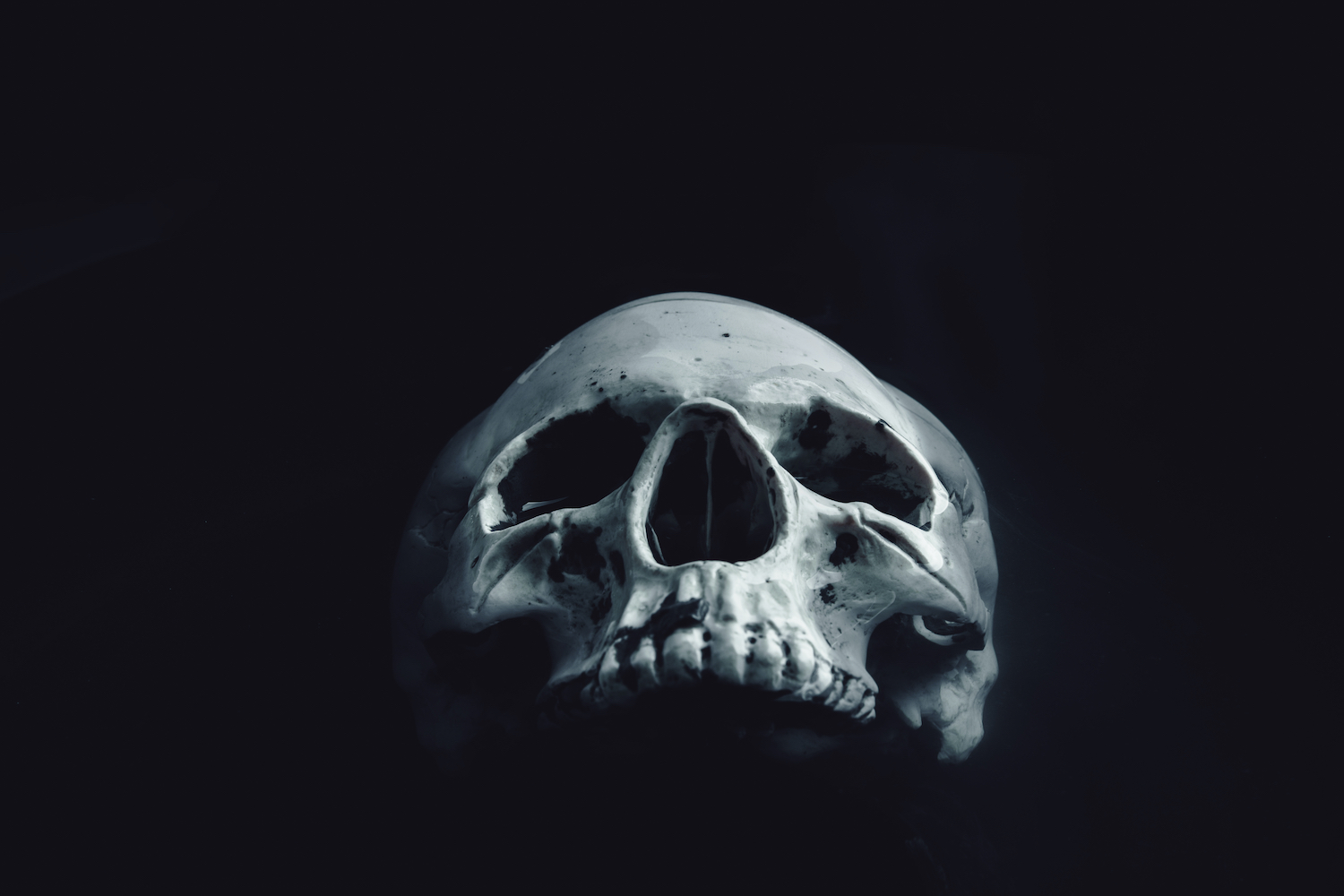
It’s a local tale of Koshiki-Shima in Kagoshima.
A long time ago, two merchants were ambitious to make a fortune in the market. One was doing fabulously well, making a lot of money, and pleased with it, while the other was making no money. The latter one was quite envious of the other, killed him, stole his money, and spent three years after loafing.
One day, the merchant walked along the path he and his dead partner were walking along together, and he heard a beautiful singing voice from the bush. He got suspicious and looked into the bush to find the skeleton singing the song.
Appalled the merchant, the skeleton told him he would sing wherever the merchant pleased. He brought it with him, thinking he would make money.
He visited a rich man and told him he had a skeleton that sang. The rich didn’t buy his story; however, the merchant told him he would give his head if the skeleton didn’t sing. Also, he would receive the rich’s fortune when the skeleton sang. He made a deal.
The merchant showed the skeleton, telling it to sing. However, it didn’t sing. The merchant tried hard to make it sing umpteen times only to fail. Got outrageous, the rich put the long sword in his hands and beheaded the merchant for deceiving him.
As soon as the head cut off, the skeleton began singing, “My wish came true!” The skeleton was the partner of the merchant who got killed by him and took his revenge three years after his death.
Ghost Mask
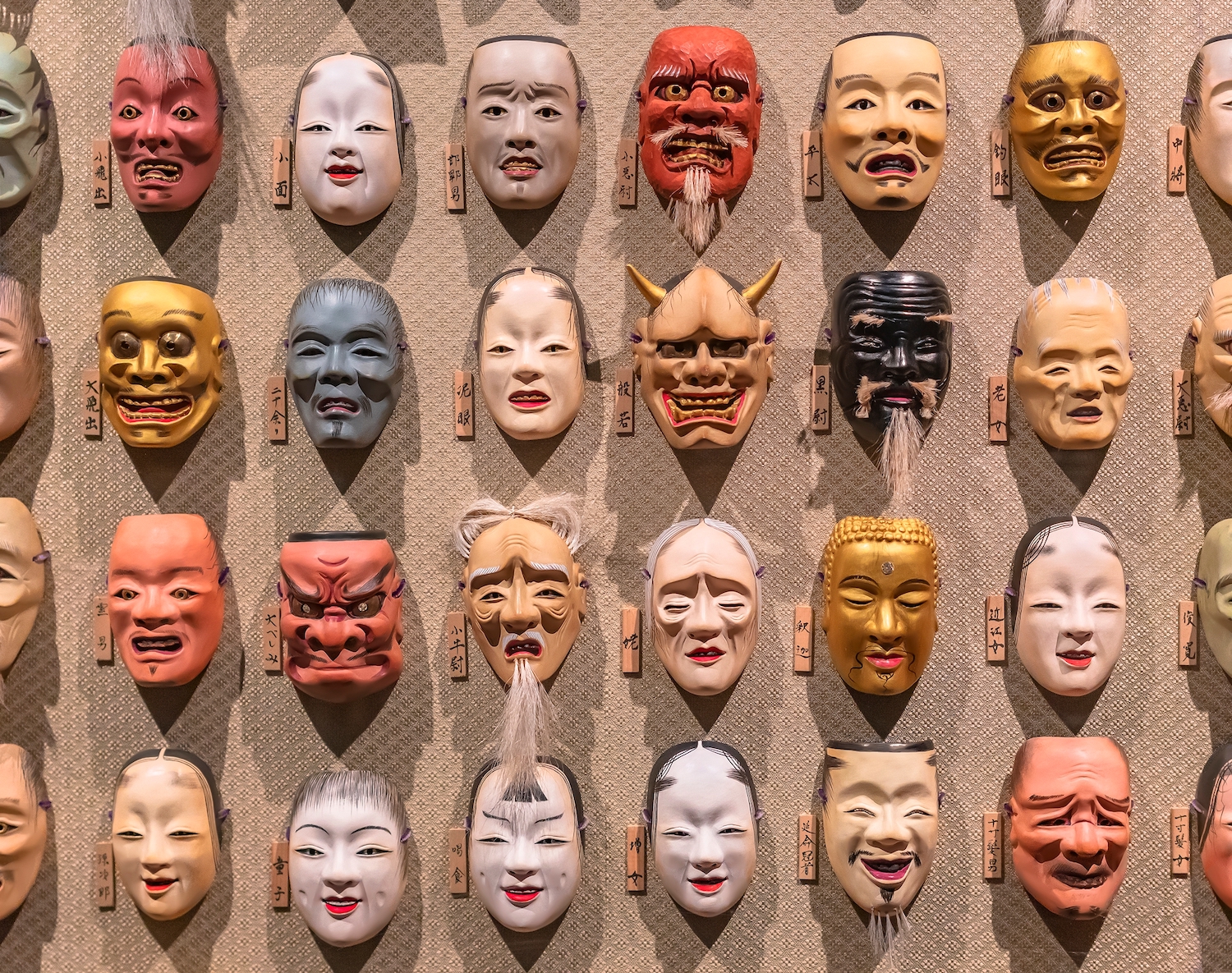
Noh Theater: Meaning of Masks of “Yugen” Beauty
Yase-Onna – Skinny Woman
A female mask who died still holding the grudge. There is also a mask of Skinny Man. It shows masochistic glee.
It’s a mask of a tormented ghost with passive introverted expressions, particularly in the loose, downward-turned lips and lack of lower teeth. Appearing almost like a skeleton, it comes to life with a haunting beauty.
It’s used in the play Kinuta.
Deigan – Mudded Eye
Its name comes from the decoration of gold mud on the white of the eye. It expresses her fixation which is mixed emotions of jealousy and control. It’s used in the Noh play of Teika and Aoi-no-ue.
It can be used as goddesses or possessed spirits.
Hashi-Hime – Princess Bridge
Hashi-Hime is a mask that expresses the grudge or jealousy of a woman who was buried to death for constructing the bridge. You can feel her resentment from the mask.
It’s exclusively used in the Noh play of Kanawa.
Hannya
One of the most famous Noh masks, Hannya, expresses grudge, anger, and sadness at the same time. The term Hannya comes from the creator Hannya-bo.
It represents the angry spirit who takes on the guise of a snake or dragon to carry out their vengeance. However, Hannya is translated as Wisdom, as seen in the Great Heart of Wisdom Sutra. It’s used in the Noh play of Dojo-ji Temple.
Goryo Shinko: The Belief of Grudge Spirits – Goryo’s Vengeance
Perhaps one of the unique features of Japanese culture is that the grudge soul can be kami (deity) once it is worshiped or enshrined properly.
Usually, it’s said that this belief began in the Heian period (794-1185), but we can trace it back to its origin before in the Nara period.
People had a “Conspiracy of Prince Nagaya”, which ended with the death of Prince Nagaya, and Emperor Shomu moved its capital and built the Great Buddha to calm his soul.
Why the Nara period? It was the time the capital was established, and courtiers put more focus on politics.
Countless political issues were created to entrap the opponents for one’s promotion. Many ousters who ended up dead deeply chagrined were thought to return to the capital and do the revenge.
It is a unique belief to give the honor posthumously, using fiction to calm the lost souls. It isn’t confined only to stories but to art, paintings, songs, performing arts, and any entertainment form.
In addition to that, there is the “Kotodama Shinko”, which firmly believes in the power of uttered words. The louder the voice, the more powerful energy it has to unleash the power.
Since placating the grudge spirits, Onryo, into protective kami through ritual and entitlement is the most important task in Heian politics, they created a lot of poems to calm them.
That’s why many Emperors put their hearts in compiling poems such as Kokin-Wakashu (A Collection of Ancient and Modern Japanese Poetry).
During the Heian period, Onryo Shinko was so pervasive that there was even a ceremony in the Imperial Court welcoming new spirits into the ranks of protective spirits.
Two shrines remain devoted to Goryo Shinko (goryo’s vengeance): the Upper and Lower Goryo Shrine in Kyoto.
The Repose of Souls – How to Deal with Onryo
The Yamato court started the ritual of reposing souls by calming enemies’ souls. By calming their souls, they tried to prevent the disaster by sealing off the souls of rebels and vanquishing them.
The way to repose souls was to enshrine the grudging spirit as kami in Shinto Shrines and perform the ritual.
Shinto Shrine: History, Architecture, and Functions
Over time, the ritual was performed for the Emperor as it had been deified, initially meant for the state in the previous era.
The object of repose became more individual after this time, and the ritual called “Goryo-e” began, which reposes the souls of individuals.
Shinto Beliefs: 5 Core Values of Japanese Indigenous Religion
Genji Monogatari (The Tale of Genji) – Onryo Tales
Genji Monogatari (The Tale of the Genji) is considered the world’s first modern novel and one of the Chinkon novels. The Japanese acquired the technique to repose souls by telling a story, letting losers flourish in the fictional world – a story.
What kind of structure must a story have for the repose of souls? There are two. One is to write from the loser’s side, and the other is to write for the dead from the point of view of the living to console their souls.
The reason why Genji Monogatari was born can be assumed by looking at who Murasaki Shikibu, the author, served. She served the Empress of the Fujiwara family, which annihilated the opponent Minamoto family (Genji).
Fujiwara Michinaga, the top of the Fujiwara family, encouraged her to write the story of Genji.
Why does the winner write a story about the loser? It’s to repose their souls, not to bring any disaster. That’s why it’s the Tale of Genji, and only the Genji family name is used in the story.
Why do spirits become Onryo? It’s because people don’t let go of their negative feelings.

 Written in the eleventh century, this exquisite portrait of courtly life in medieval Japan is widely celebrated as the world’s first novel. It’s about affairs with Genji, the Shining Prince, who is the son of the Emperor.
Written in the eleventh century, this exquisite portrait of courtly life in medieval Japan is widely celebrated as the world’s first novel. It’s about affairs with Genji, the Shining Prince, who is the son of the Emperor.Heike Monogatari (The Tale of Heike) – Onryo Tales
Heike Monogatari is considered to be written by Shinanozenji Yukinaga, aka Fujiwara no Yukinaga. It’s a war tale about the rise and fall of the Taira family (Heike).
It depicts the comparison between the Minamoto family and the Heike family. It covers the Genpei Gassen, which was said to have been caused by the Onryo of Sutokuin (Emperor Sutoku).
Jien, the top Tendai Buddhist, an author of Gukansho, encouraged Yukinaga to write Heike Monogatari for the repose of the souls of the Taira family. Jien believed that if anything bad happened, look for Onryo.

 The fourteenth-century Tale of the Heike is Japan’s Iliad—a moving depiction of the late twelfth-century wars between the Heike and Genji clans. No work has had a greater impact on later Japanese literature, theater, music, film, and manga—indeed in the Japanese people’s sense of their own past.
The fourteenth-century Tale of the Heike is Japan’s Iliad—a moving depiction of the late twelfth-century wars between the Heike and Genji clans. No work has had a greater impact on later Japanese literature, theater, music, film, and manga—indeed in the Japanese people’s sense of their own past.Taiheiki – Chronicle of Great Peace
It was written in the late 14th century and deals primarily with the Nanboku-cho, the period of war between the Northern Court of Ashikaga Takauji in Kyoto and the Southern Court of Emperor Go-Daigo in Yoshino.
We can see the influence of Buddhism. Still, Onryo was blamed for several disturbances between the Northern Court of Ashikaga Takauji in Kyoto and the Southern Court of Emperor Godaigo in Yoshino.
These battles are historically significant as they led to the extinction of the Southern Court of the Japanese Imperial Line, which is still considered legitimate.
Onryo was perceived as a powerful force that tremendously influences society.


Onryo in Noh
Most of the characters in the Noh play are Onryo, and numerous Noh masks represent Onryo, as we have seen above.
The basic scenario of the Onryo story goes like this. First, a traveling priest appears and meets an incarnation of Onryo.
He talks about his past glory, and later, Onryo, appears with his original appearance, and talks about his grudge and dreadful sufferings. In the end, the priest releases Onryo from suffering.
There is a risk to be possessed by Onryo if an actor is not protected. Noh masks are the objects to which a spirit is summoned, while they are the boundary to protect actors from being possessed.
Noh Masks are kami (deities) and the objects to which a spirit is drawn or summoned.
Zeami, the master of Noh, made it possible to perform Onryo stories as entertainment by using the Mugen-Noh method, with masks to draw divine or grudge spirits.
Performing the Onryo story in Noh is the way of reposing souls.
The power of the dead was still blamed for the many great social upheavals and still is today in Japan. In Buddhism, they teach not to attach yourself to anything or anybody. When people can let go of their attachment, Onryo would not be born, but it’s doubtful such a day come very soon.
References
Goryo Shinko – The Religion of Ghosts (hyakumonogatari.com)
本当に「平家物語」は平家の怨霊を慰めるためにつくられたのか? (kusanomido.com)


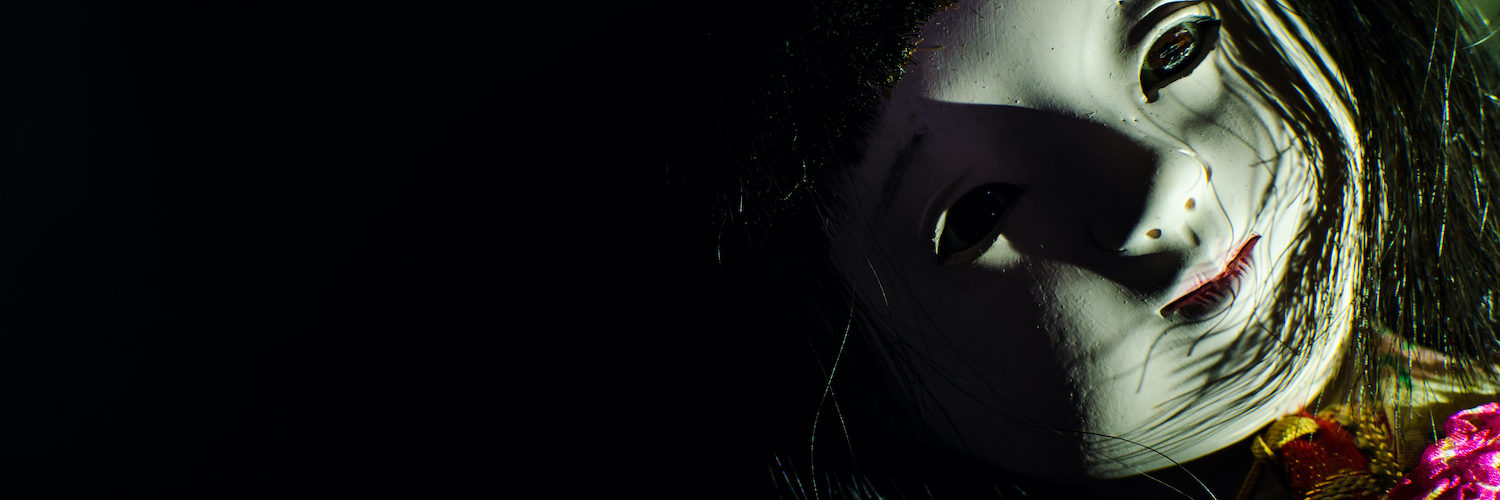
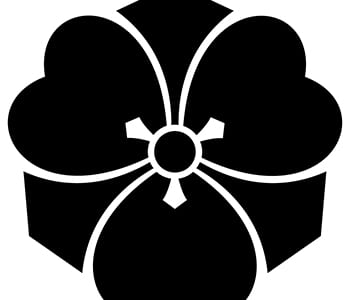
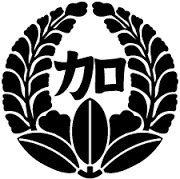
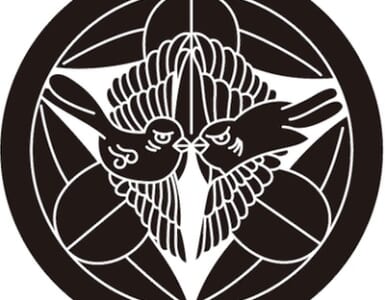


Add comment